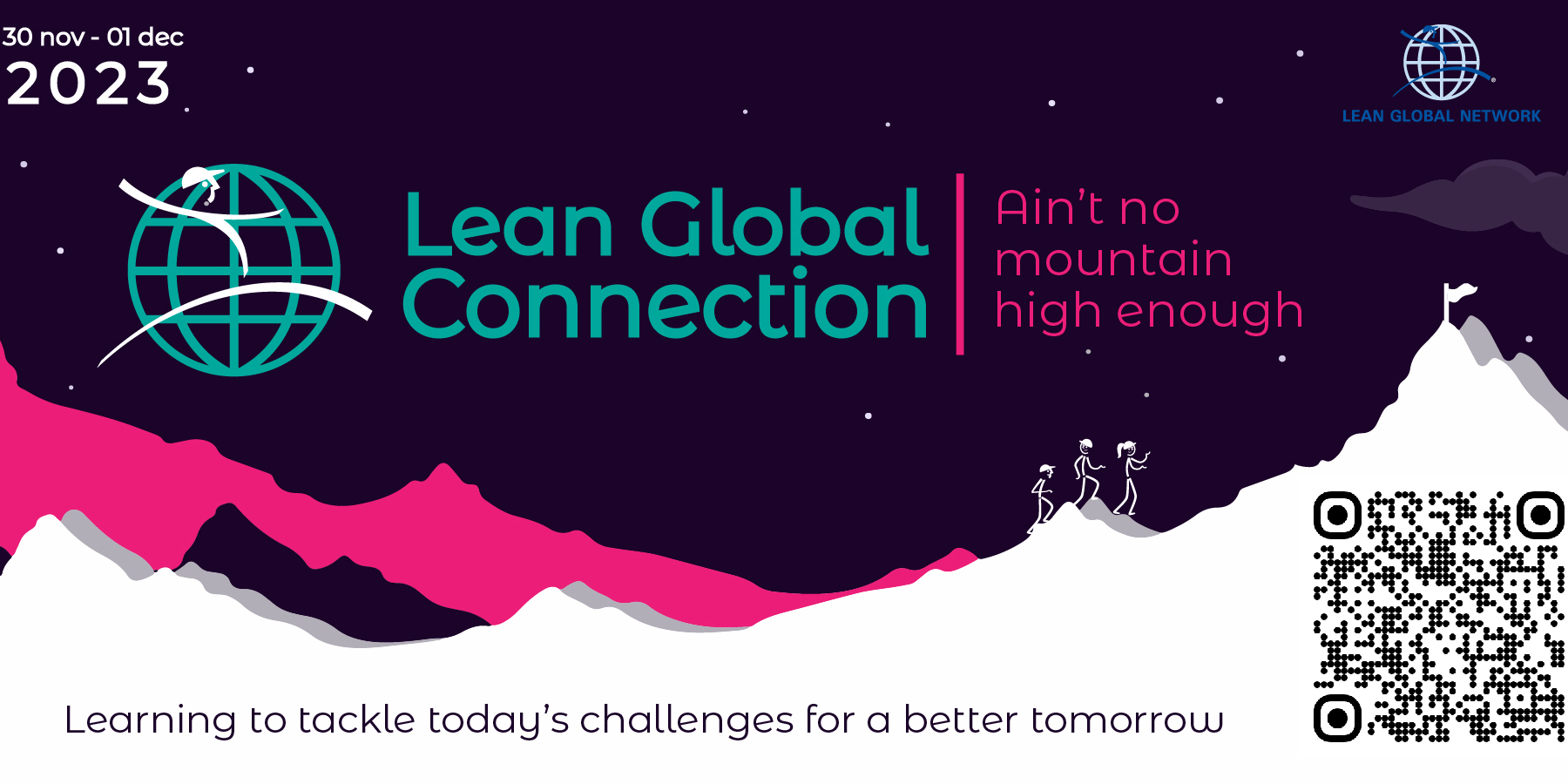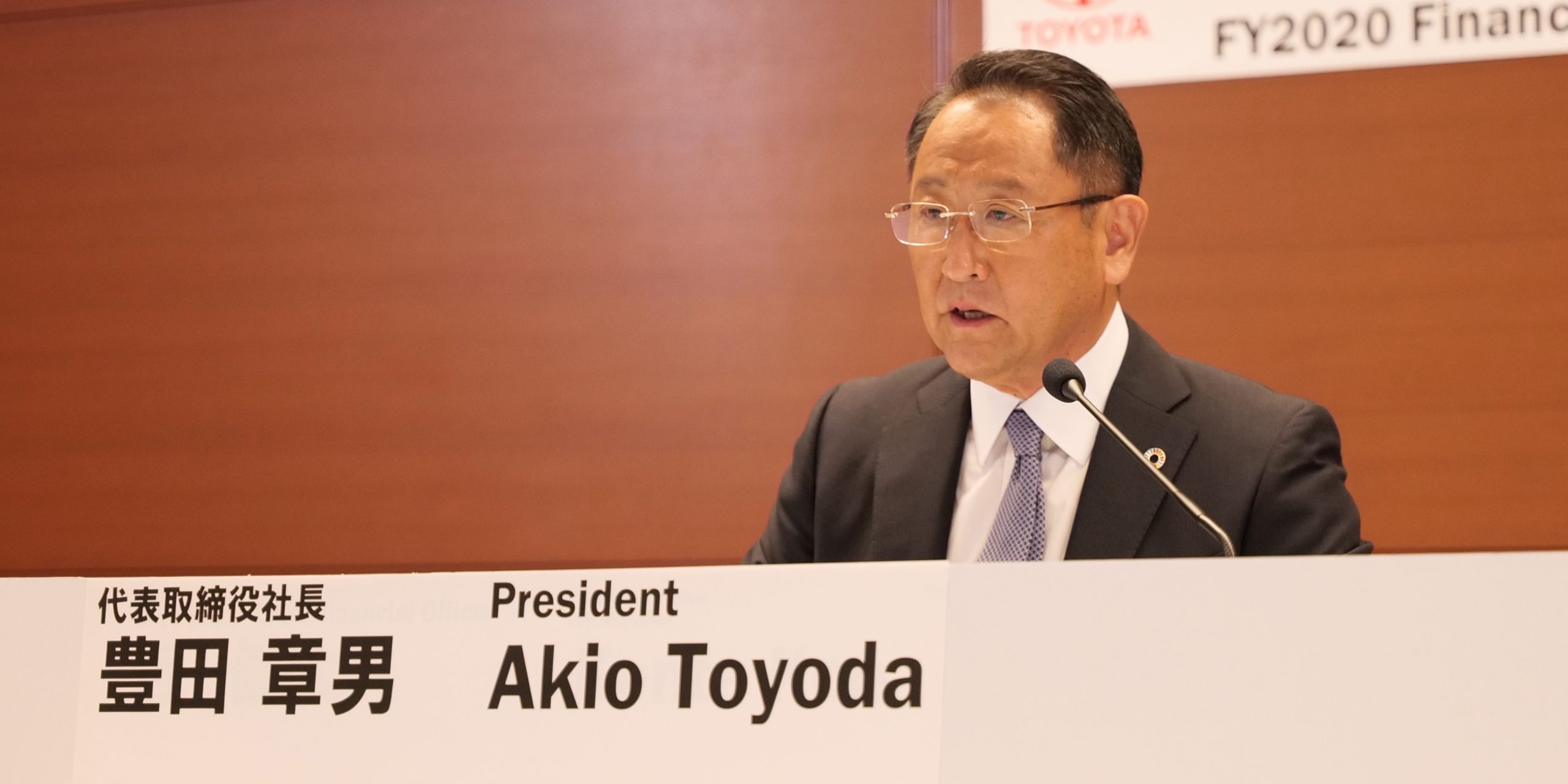
The deep secret of lean transformation: the People Review
FEATURE – To develop a lean culture means to develop each lean thinker and help them reach their full potential. Here’s how Aramis Group does it.
Words: Michael Ballé, Cyril Gras and Pauline Marion
What is your next role? Who do you see in your current role? What would you do if your next role didn’t work out? How often do you ask yourself these questions? Or, indeed, does your company ask them to you? We always say that lean performance is built on people development, but first we need to consider what people development really means. Without a doubt, in any organization, a few people will want to remain in an expert role and perfect their skills ad infinitum - what Toyota calls Takumi, expert craftsmen - but most will want to evolve and take on new and different roles, as well as progress their careers, get more responsibility, and achieve more success.
A traditional company is a system of Darwinian selection for the most ambitious and the most aggressive, rarely the smartest. People get to their next job because they ask for it, lobby for it, and do what it takes to get it. Occasionally, they are tapped on the shoulder for a promotion thanks to their results, often when a manager moves on. However, we need to accept that senior management is very poor at distinguishing brash self-assurance from competence. In our company, for example, we find that senior management is still biased towards middle managers with a “prove” mindset (demonstrating the results they got out of their teams) rather than “improve” (look for ways to do the job better, even if it’s awkward, and develop team members). “Prove” managers are constantly proving, which often works, whereas “improve” managers are constantly considering and experimenting, which makes them appear far less self-confident.
As a result, a senior leadership team is often composed of 4D (Define-Decide-Drive-Deal) managers with too few 4F (Find-Face-Frame-Form) leaders. This orients the whole company towards functional decisions, short-term optimization, and radical financial perspectives.
- 4D: the leader defines the situation in their mind based on reports and their understanding, decides on the best option, drives the decision through the ranks, asking middle managers to execute regardless of opposition (what they call “resistance to change”), and then deals with the unavoidable unexpected consequences and adverse effects. This way of thinking is based on the illusion of knowledge (“I understand it all”) and the application of power (“I’ve got the authority to push this through”) and is typical of people who generally prefer being right to succeeding. When they fail, even visibly, you can still hear them argue that they were right and that unforeseeable circumstances - those pesky unknowable unknowns - have led the brilliant strategy astray.
- 4F: the leader goes to gemba to find the problems people encounter and to confirm their understanding by looking, seeing and talking with shop floor teams. They then face the part of the issue no one wants to look at, because no one currently knows how to handle it, and set off to learn what they need to learn in order to succeed. The leader and their team then frame the issue in a way that everyone can understand: “this is the challenge we have and here is the kind of solution we seek”. For instance, when Toyota had to close its Australian plant because all other automakers had pulled out, they framed the challenge as “last car, best car”. And when they had to deal with the dreadful flood in Durban, South Africa, with the entire factory covered in a meter and a half of silty water, they framed the recovery project as “better than before”. This allows the leadership team to form collective solutions from everyone’s contribution to a common project, thus creating collective intelligence from individual learning and cooperation – respect and teamwork.

Our experience is that leadership teams composed of functional heads that master 4F thinking perform radically better than others, as we’ve described in Raise the Bar. The question remains: how are these leaders developed and selected? A recurring issue we’ve encountered is that external hires - often very successful career managers in their own right - are so deeply wed to the “prove” mindset and 4D thinking of having ideas and imposing them on others that they struggle to adopt the “improve” mentality of 4F thinking and building collective continuous improvement solutions.
In a nutshell, a lean transformation can be seen as four main steps:
- Recognize the waste in our current way of doing things and visualize the problems that generate this waste;
- To grasp and reveal the misconceptions that underly these problems;
- And the people who hold these wrong-headed views and push them on the organization;
- To change them (get them to change their minds) or change them (agree with them they are on a different path than our lean path and better off in a more traditional company).
At Aramis Group, for instance, we purchase second-hand cars that we refurbish and resell with a guarantee of quality to customers. It’s easy to think that the larger our inventory of cars on display, the simpler it will be for a customer to find the car they want and the deal they’re happy with. Thinking this way, we should purchase as many cars as we can, refurbish them and then show them off on our website (and infinite store shelf) for people to buy. This, it turns out, is completely wrong. Customers are actually pretty specific in what they look for and, not surprisingly, are generally all looking for the same sort of deal. As a result, every day a car sits in inventory it loses market value. The trick to our business is recognizing the cars people will purchase and holding as low an inventory as possible to turn them around quickly. If the car hasn’t sold in the first two weeks, it will probably stay there forever and need to be so deeply discounted that we’ll lose our shirts on the deal.
Holding inventory is a clear waste in our business but, thankfully, many of our competitors do not recognize that and are actually proud of the size of their stock. Surfacing the misconceptions leading to the creation of large inventories, however, is much harder, particularly since it all comes down to single purchasing decisions. Within the company, we have people with diverging opinions: “this deal is so good, so what if it creates inventory?” vs. “this deal must be incredibly good, considering the inventory it is likely to create.” These two similar but very different notions have a huge impact on the overall success of the company, which means that these mental models need to be surfaced and discussed with middle managers one by one.
This is but one example, and have many others: putting quality first, treating people well, not micro-managing – there are many misconceptions we know create waste but which people can hold on to for dear life. In fact, we’ve theorized the “change your mind” cycle as:

Our experience has taught us that this cycle can take as long as four years. It’s not that people don’t change their minds and learn; it’s just that it takes a long time – and we’re okay with that.
Nevertheless, in Jim Collins’ terms, who’s on the bus really matters. Looking at the overall company, we can see that areas where people have the right kind of thinking do well, while others don’t. We also see that understanding is very context specific and transfers very slowly. Someone who has understood something in one department might not recognize the exact same issue elsewhere. People development is, therefore, fundamentally linked to the experiences people have.
Our goal is to have management teams with an “improve” mindset and managers who have experienced enough aspects of the company that they can see outcomes beyond outputs and build collaborative answers to our challenges. Our goal is also to have people develop their career according to their wishes and preferences and never to force a challenge on someone who doesn’t want it (what chances of success does that approach have, anyway?). This creates a seemingly unsolvable equation, particularly if we keep nominating or hiring people for jobs at the last moment when someone leaves their role for one reason or other (which happens when a company grows as fast as we do).
Which is why we’ve created a central institution of “people review” – an opportunity to take a step back and look at each person’s career in the company and their future possible career paths.
This people review is a key tool of our lean transformation. In fact, it is where we see the transformation happening, and the potential for going further. Clearly, teamwork is important for a winning team, but we also need better players who are able to understand the game and make passes, not simply run with the ball to score, ignoring their other teammates – or the opposing team. This people review doesn’t place people in jobs or assess their performance. It looks at their potential:
- What do they understand?
- What do they not understand?
- What do they struggle with?
- What unlooked for initiatives have they taken?
- What do they like?
And, starting from that, it helps us to determine what their next role in the organization could be, or how a role could be created for them:

The question of what they like may seem obvious, yet it is often overlooked. Traditional management focuses on the organizational structure and how to slot people into it. However, our approach prioritizes understanding individuals, aiming to align their next role with both their personal expectations and the company needs.
Such reviews, though, are prone to significant blind spots - particularly biases. Conducting these discussions collectively, in a room, leverages the power of collective intelligence, offering varied perspectives that help us align on what’s next for our team members. Yet, these remain subjective opinions. That’s why we go to the gemba — to confront our assumptions with reality. This helps us gauge each individual’s actual efforts in kaizen and leadership.
To shape the future of our company, a forward-looking approach is crucial. This involves recognizing the potential at every level of our organization. Hence, in these reviews, we discuss individuals ranging from executives to team leaders, acknowledging the potential that exists across the business. One thing we have learned is the disproportionate impact of team leaders on the company’s culture and how precious our ex-team leaders are when they’re promoted through the hierarchy. In this way, we’re ready to offer the head of sales the position of plant manager for a while, with the aim of having them take on the head of country role when the current officer moves on to corporate. We have several instances of people who started at team-leader level and now have plant or department director jobs. This, in truth, is how our lean culture progresses: one promotion at a time.
If our aim is to satisfy customers and make a profit by developing an ever-better service through developing people, we must think of development in a wider sense. Not simply honing their analytical skills through thorough problem solving and their leadership skills through encouraging and supporting improvement initiatives, but also giving them career opportunities in which they grow from team leader to area manager to functional director – and beyond, to corporate roles. Who you have in the bus depends of whom you invite to the bus and how well you show them the opportunities to jump on board and whether you give them the tools to do so. A culture is the sum of its people – a lean culture is a sum of lean thinkers. There is no shortcut to developing a lean culture, other than developing lean thinkers one by one and having an institution that helps steer them and grow in the organization - the people review.
THE AUTHORS



Read more


EVENT - The Lean Global Connection is around the corner! Our editor takes you through some of the key highlights you can expect and reminds us of the idea behind the largest online lean event in the world.


FEATURE – Akio Toyoda’s May 12th press conference to present Toyota’s financial results offers great insights into how the company is reacting to the pandemic, say Jeff Liker and John Shook.


INTERVIEW – A VP at energy company E.ON shares his thoughts on the current energy crisis and discusses how lean is helping them to navigate it.


FEATURE – The planet is warming at an unsustainable rate, pollution is increasing, wildlife populations and arable land areas have plummeted, and our oceans are filling with plastic. Can Lean Thinking help?

